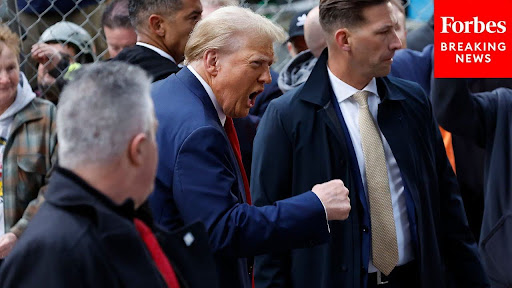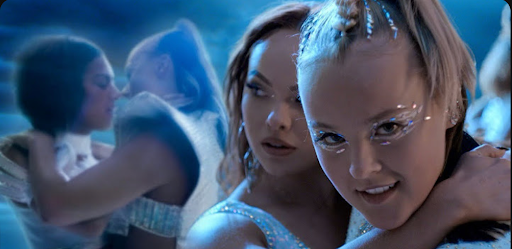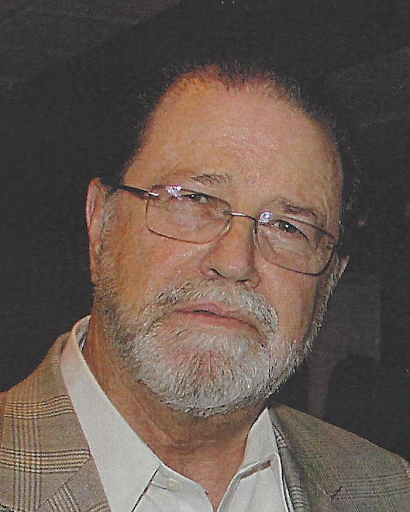The next time you sport your St. John’s athletic backpack or Red Storm cap, you might want to do some research on how the product was made.
Currently, the University uses Nike products for sporting kits, fan apparel and uniforms for several departments. St. John’s also uses Nike as its principle athletic sponsor to promote teams on campus.
In essence, Nike is a company that is at the forefront of St. John’s athletics and student life in general.
If you haven’t spotted the discrepancy in the relationship between Nike and St. John’s thus far, it might become clearer after a close observation of the Vincentian values of the University.
Generally speaking, Vincentian virtue calls for a dedication to serving impoverished and disenfranchised communities that don’t have the economic means to support themselves. An important aspect of Vincentian virtue is the idea of preventing the continuation of a process that oppresses an economically marginalized society.
Despite the fact that St. John’s is a Vincentian institution that adheres to the philosophical doctrines of Saint Vincent de Paul, it continues to utilize Nike as its primary sponsor of merchandise, a company that is notorious for its human rights violations against deprived workers around the world.
The main problem with St. John’s use of Nike merchandise is the fact that the values of the University do not tie in to the means by which the promoted products are produced – often in sweatshops throughout developing countries.
According to the Department of Philosophy at the University of Michigan, workers inVietnamese Nike production plants are illegally forced to work a minimum of 65 hours a week for 15 cents an hour. The Philosophy Department also states that chemicals causing liver, kidney and brain damage are at 177 times the legal limit in South Asian Nike factories, where most workers are not given protective gear.
In 1997, assistant soccer coach James Keady filed suit in the Southern Court District of New York against St. John’s and Nike for forcing him to wear Nike merchandise as part of his role in working for athletics.
In an ESPN interview, Keady said, “I cannot and will not be a walking billboard for a company that consistently chooses to maximize its profits over respecting basic human rights and human dignity.”
As a result, Keady said the University gave him an ultimatum that would force him to accept the Nike merchandise or resign. After analyzing Keady’s case and the human rights violations that Nike is notorious for, school officials should make an attempt to reevaluate the current contract with Nike to ensure the Vincentian mission is being practiced in their factories around the globe.
Not only would this improve the working conditions of Nike factories in developing countries, but it would also give the University a positive look in regards to holding the Vincentian mission true instead of allowing the profit-driven agendas of athletic organizations to contradict the virtue of the entire academic institution.
The bottom line is that St. John’s University, an institution that promotes helping the poor, is sponsored by an organization that is renowned for its violations against the very same economically marginalized people and something needs to be done about it.
If not, the University will be known as an institution that publicly defends the poor but puts money into the hands of a company that exploits the impoverished enclaves of society.
















